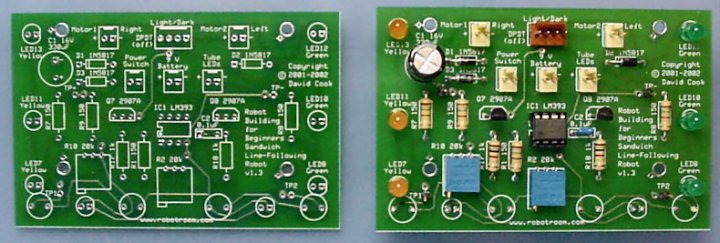It's actually pretty simple. All you need is a power source and connections. See, most power sources, like a battery, have two terminals: a positive one and a negative one. Current is created when there is a path from one terminal to the other. This path can be created using wires. Whatever is put in the circuit will also get the current, helping it do whatever it needs to do.
Most of the times, engineers like to test out their circuits before they finish them. This is when a breadboard is used. The breadboard has holes on the top so that you can use wires to connect the things in your circuit together. Each column of the breadboard has a wire underneath it to make checking your circuit easier. You make your circuit on the breadboard and check to see if it works right!

Once you're sure your circuit does what you want it to, you finish it by fixing it to a circuit board. A circuit board is made out of copper and is printed with your wire connections on it. You can design it so that it works for your circuit. Once you get your circuit board, you just need to attach your elements to it, and you have a fully finished circuit, like the one below!

These days, there are new inventions to make this process simpler. One cool new thing is the Circuit Scribe. It has ink that has the same qualities as wires do, so the ink can carry current through them. Now, we can just use paper to make our circuits on instead of breadboard and circuit boards. Check out www.kickstarter.com/projects/electroninks/circuit-scribe-draw-circuits-instantly to learn more!




No comments:
Post a Comment